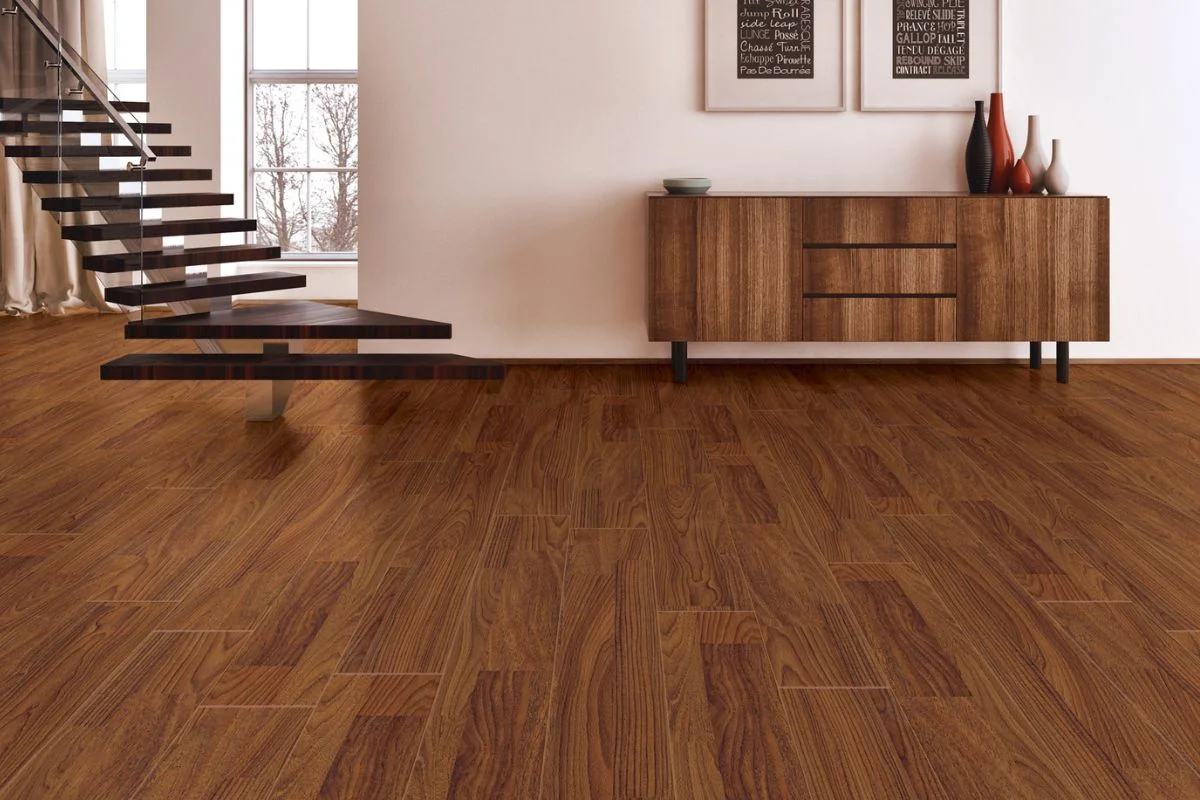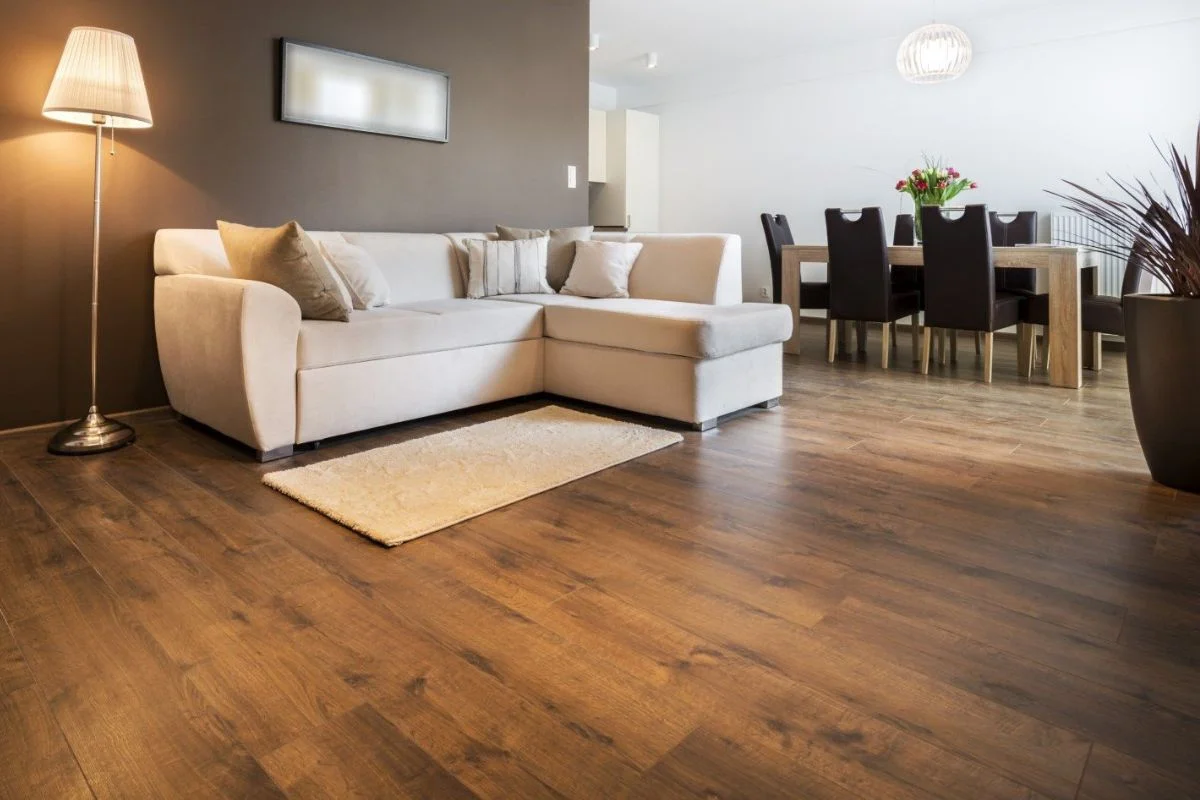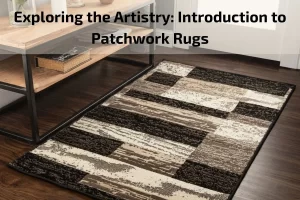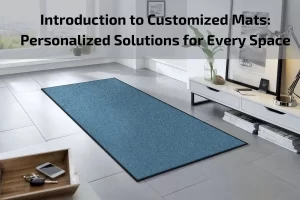Wooden flooring has long been cherished for its timeless appeal and unrivaled elegance in interior design. From classic hardwoods like oak and maple to exotic species such as cherry and walnut, wooden flooring offers a rich tapestry of colors, textures, and grains that can transform any space into a sanctuary of warmth and style.
The allure of wooden flooring lies not only in its aesthetic charm but also in its durability and versatility. Whether adorning the floors of traditional homes, modern apartments, or upscale offices, wooden flooring exudes an air of sophistication and luxury that never goes out of style.
Brief overview of the article’s focus on wooden flooring
Wooden flooring has long been celebrated for its timeless elegance and versatile appeal in interior design. This section serves as a gateway into the rich tapestry of insights and information that the article will explore regarding wooden flooring. As a foundational element in interior spaces, wooden flooring offers a blend of aesthetic charm, practicality, and sustainability that resonates with homeowners, designers, and architects alike.
Throughout the article, we will delve into the multifaceted aspects of wooden flooring, ranging from its historical significance to its modern-day applications and maintenance requirements. From the intricate patterns of grain to the diverse array of wood species available, wooden flooring presents a world of possibilities for transforming ordinary spaces into extraordinary sanctuaries of style and comfort.
Readers will embark on a journey through the evolution of wooden flooring, exploring its enduring appeal and the myriad benefits it brings to residential and commercial environments. By understanding the nuances of wooden flooring—from its types and installation considerations to its maintenance and care—we aim to equip readers with the knowledge and insights needed to make informed decisions about incorporating wooden flooring into their spaces.
As we navigate through the depths of wooden flooring, we invite readers to discover the timeless allure and enduring beauty that have made it a cornerstone of interior design for generations. Join us as we unravel the layers of craftsmanship, sustainability, and elegance that define the essence of wooden flooring in today’s design landscape.
Types of Wood Used in Flooring
Hardwood: Hardwood flooring remains a popular choice for its durability, timeless appeal, and natural warmth. Species like oak, maple, cherry, and walnut are renowned for their strength and character. Oak, in particular, is widely used due to its abundance, affordability, and versatility in finishing options.
Exotic Hardwoods: Exotic wood species, such as Brazilian cherry, teak, and mahogany, offer unique colors, grains, and textures that add a touch of luxury to interior spaces. These woods often boast rich hues, intricate patterns, and superior hardness, making them prized selections for high-end residential and commercial projects.
Engineered Wood: Engineered wood flooring comprises layers of wood veneer bonded together with adhesives under high heat and pressure. This construction enhances stability and reduces susceptibility to moisture and temperature fluctuations, making it suitable for areas prone to environmental changes. Engineered wood offers a wider range of installation options, including floating floors, glue-down, and nail-down methods.
Laminate: While not real wood, laminate flooring mimics the look of hardwood through high-resolution photographic images laminated onto a dense fiberboard core. The surface is coated with a protective layer to enhance durability and resistance to scratches, stains, and fading. Laminate flooring offers affordability and easy maintenance while providing the aesthetic appeal of wood.
Bamboo: Bamboo flooring has gained popularity as a sustainable alternative to traditional hardwoods. Bamboo grows rapidly and is harvested without damaging the plant, making it an eco-friendly choice. It offers a distinctive grain pattern and comes in a variety of colors, from natural light tones to darker shades achieved through carbonization.
Reclaimed Wood: Reclaimed wood flooring repurposes wood from old barns, warehouses, and other structures, giving it a rustic and weathered appearance rich in character and history. This environmentally conscious option adds a unique story and charm to interiors while promoting sustainability by repurposing materials that would otherwise go to waste.
Cork: Cork flooring, derived from the bark of cork oak trees, offers a resilient and eco-friendly option for flooring. It provides cushioning underfoot, excellent sound insulation, and natural thermal properties. Cork flooring is available in various colors and patterns, adding warmth and comfort to interior spaces while contributing to a sustainable lifestyle.
Benefits of Choosing Wooden Flooring
Timeless Aesthetic Appeal: Wooden flooring exudes timeless elegance and natural beauty that enhances the ambiance of any interior space. Its rich textures, warm hues, and intricate grain patterns create a welcoming and inviting atmosphere that complements various design styles, from traditional to contemporary.
Durability and Longevity: Wooden flooring is renowned for its durability and longevity, making it a wise investment for homeowners. High-quality hardwoods and engineered wood floors can withstand heavy foot traffic, resist scratches, and maintain their appearance for decades when properly maintained. With regular care and maintenance, wooden flooring can last a lifetime, adding value to the home.
Versatility in Design: Wooden flooring offers versatile design options to suit diverse aesthetic preferences and architectural styles. Whether opting for classic oak planks, exotic hardwoods, or reclaimed wood, homeowners have the flexibility to customize their flooring to reflect their unique tastes and personality. From rustic farmhouse charm to modern sophistication, wooden flooring adapts seamlessly to any design vision.
Increased Property Value: Installing wooden flooring can significantly enhance the value and desirability of a property. Potential homebuyers often prioritize hardwood floors due to their timeless appeal, durability, and perceived quality. Properties with wooden flooring typically command higher resale prices and attract more prospective buyers in the real estate market.
Easy Maintenance and Care: Wooden flooring is relatively easy to maintain compared to other flooring materials. Regular sweeping, vacuuming, and occasional mopping with a damp cloth are usually sufficient to keep wooden floors clean and free from dust and debris. Unlike carpets, wooden flooring does not trap allergens and is hypoallergenic, promoting healthier indoor air quality.
Natural Insulation Properties: Wood is a natural insulator that helps regulate indoor temperatures and minimize heat loss during colder months. Wooden flooring retains warmth in the winter and feels cool underfoot in the summer, creating a comfortable living environment year-round. Additionally, wooden floors can be paired with radiant heating systems for added comfort and energy efficiency.
Environmental Sustainability: Many types of wooden flooring, especially those certified by organizations like the Forest Stewardship Council (FSC), are sourced from responsibly managed forests or reclaimed materials, making them environmentally sustainable choices. Wood is a renewable resource that can be replenished through responsible forestry practices, contributing to a greener and more eco-friendly home environment.
Enhanced Acoustic Qualities: Wooden flooring offers excellent acoustic properties, reducing noise transmission and minimizing sound reverberation within interior spaces. This makes it an ideal choice for homes with open floor plans, high ceilings, or shared living areas, providing a quieter and more peaceful living environment for occupants.
Considerations for Installing Wooden Flooring
Subfloor Condition: Before installing wooden flooring, it’s essential to assess the condition of the subfloor. The subfloor should be clean, level, dry, and structurally sound to ensure proper installation and prevent issues such as buckling, squeaking, or unevenness. Any imperfections in the subfloor may need to be addressed before proceeding with installation.
Moisture Levels: Moisture can significantly impact the performance and longevity of wooden flooring. It’s crucial to measure the moisture levels of both the subfloor and the wooden flooring material to prevent moisture-related problems such as warping, cupping, or mold growth. Ideally, moisture levels should be within the manufacturer’s recommended range for installation.
Acclimatization Period: Wooden flooring materials need time to acclimate to the ambient conditions of the installation environment before installation begins. This acclimatization period allows the wood to adjust to the temperature and humidity levels of the space, reducing the risk of expansion, contraction, or gaps after installation. Follow the manufacturer’s guidelines regarding acclimatization duration and storage conditions.
Installation Method: Different types of wooden flooring may require specific installation methods, such as nail-down, glue-down, or floating installation. Consider the type of subfloor, the condition of the existing floor, and the manufacturer’s recommendations when selecting the appropriate installation method. Each method has its advantages and considerations in terms of stability, sound transmission, and ease of installation.
Expansion Gaps and Underlayment: Wooden flooring expands and contracts with changes in temperature and humidity levels. To accommodate these natural movements and prevent buckling or warping, leave expansion gaps around the perimeter of the room and at transitions between rooms, walls, and fixed objects. Additionally, consider using an appropriate underlayment to provide cushioning, sound insulation, and moisture protection.
Direction of Installation: The direction in which wooden flooring is installed can impact the visual perception of the space and the flow of natural light. Generally, wooden flooring is installed parallel to the longest wall or in the direction of the primary light source for optimal aesthetic appeal. However, consider the layout of the room, architectural features, and personal preference when determining the installation direction.
Finishing and Sealing: Depending on the type of wooden flooring chosen, it may require finishing and sealing to enhance its durability, appearance, and resistance to moisture, stains, and wear. Consider whether prefinished or unfinished flooring is preferred and select appropriate finishing products that are compatible with the wood species and installation environment. Follow manufacturer recommendations for application and maintenance of finishes.
Professional Installation vs. DIY: While DIY installation may be tempting to save costs, professional installation ensures proper preparation, installation, and finishing of wooden flooring, minimizing the risk of errors, damage, or warranty issues. Professional installers have the expertise, tools, and experience to achieve optimal results and ensure the longevity and performance of the wooden flooring investment.
Maintenance and Care Tips for Wooden Flooring:
Regular Cleaning: Establish a routine cleaning schedule to remove dust, dirt, and debris from the surface of wooden flooring. Use a soft-bristled broom or vacuum cleaner with a hardwood floor attachment to prevent scratches and damage. Avoid using abrasive cleaners, steam mops, or excessive water, as they can dull the finish and penetrate the wood, causing swelling or warping.
Gentle Mopping: Periodically damp mop wooden flooring using a microfiber mop or cloth dampened with a mild, pH-neutral wood floor cleaner. Avoid saturating the floor with water and wring out excess moisture from the mop to prevent overexposure to moisture. Dry the floor immediately after mopping to prevent water damage and streaking.
Protective Mats and Rugs: Place protective mats or rugs at entryways, high-traffic areas, and beneath furniture to minimize wear and tear on wooden flooring. Mats can trap dirt and moisture from shoes, preventing them from being tracked onto the floor. Use felt pads or furniture coasters under heavy furniture legs to prevent scratches and indentations.
Controlled Indoor Environment: Maintain consistent indoor humidity levels between 30% and 50% to prevent excessive expansion or contraction of wooden flooring due to fluctuations in moisture levels. Use a humidifier during dry winter months and a dehumidifier in humid climates to regulate indoor humidity levels and minimize the risk of wood movement and damage.
Prompt Spill Cleanup: Immediately wipe up spills and liquids from wooden flooring using a soft, absorbent cloth or paper towel to prevent staining, warping, or water damage. Avoid using ammonia-based cleaners, vinegar, or harsh chemicals, as they can strip the finish and damage the wood fibers. For stubborn stains, use a specialized wood floor cleaner recommended by the manufacturer.
Avoid High Heels and Sharp Objects: Encourage household members and visitors to remove high-heeled shoes, sports cleats, and sharp objects before walking on wooden flooring to prevent scratches, dents, and gouges. Place protective pads under furniture legs and use caution when moving heavy objects to avoid dragging or scratching the floor surface.
Regular Inspection: Periodically inspect wooden flooring for signs of wear, damage, or changes in appearance. Look for scratches, dents, cracks, or gaps between planks and address any issues promptly to prevent further damage or deterioration. Consider recoating or refinishing the floor as needed to restore its appearance and protect the wood surface.
Professional Maintenance: Schedule professional maintenance and refinishing services as recommended by the flooring manufacturer or installer. Professional refinishing can help restore the luster and beauty of wooden flooring by removing surface scratches, stains, and imperfections and applying a fresh coat of finish to protect the wood surface from future damage.
Conclusion
In conclusion, wooden flooring offers timeless elegance, durability, and warmth to interior spaces, making it a popular choice for homeowners seeking to enhance the beauty and value of their homes. With its natural beauty, versatility, and longevity, wooden flooring remains a classic option that complements a variety of interior design styles, from traditional to contemporary.








